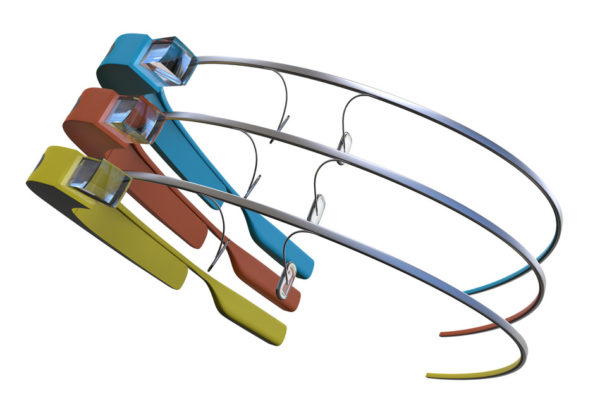How do you develop a simple idea into a fully functional mobile app? The answer is quite simple – solid project management. Many individuals have ideas for an app, but not many invest the needed focus, time, and effort to bring the idea to maturity. Along with your vision, you’ll need an experienced project manager and development team who can help you avoid the pitfalls often associated with a new project.
Project management ideas:
- Be sure that you are fulfilling a real need. This need could be a totally new idea you create or you could be advancing an existing idea. No matter the origin, be sure that your app actually has a valid purpose. Make sure that it actually does something.
- Allow your idea to mature. Anyone can place a half-baked app into the market. Don’t fall into the trap of ‘rushing for sake of rushing.’ Time is critical for the maturity of ideas and growth.
- Take off your blinders. One of the most difficult moments in project development is when you concede that someone outside of your ‘camp’ may have a better idea than yourself. Yes, you too may have a solid idea, but always be ready to listen to the perspective of others. They just might possess a wealth of knowledge from years of experience or education. Take the time to listen with a level head. The viewpoint offered by those outside of your project can often see past your own biasses. Just because you came up with an idea does not mean that your idea will always the best. Each project manager needs to appreciate their own limits. A responsible project manager knows when to check their ego at the door. It’s a tough lesson, but one that will surface in almost every project, in one form or another.
- Learn from your mistakes. A poorly developed idea is usually worse than a simply weak idea. The weak idea often has a couple of good ideas at it’s core, but may lack refinement. Poorly developed projects are often riddled with a lack of planning, vision, and purpose. These projects are often doomed from the beginning.
- Break the process into manageable steps. Be sure you’ve taken the time to explore the needs of the development process. Don’t try to do everything in one step. You’ll need to be able to review and modify your project as it progresses. Make sure that you identify both the short and long-term needs of the project. Growth and development are mission critical.
- Work with a development team. Engage a team of professionals who understand the subtleties of breathing life into your ideas. As the originator of your idea, you need to stay focused, but stay open minded.
TechRepublic put together a great list of pitfalls that can plague a software development project. Often, project mechanics get gummed up for different reasons. Sometimes those reasons are valid. Sometimes they’re not.
When you’re ready to explore the needs of your next development, contact Colure’s project managers to discuss your dreams.


